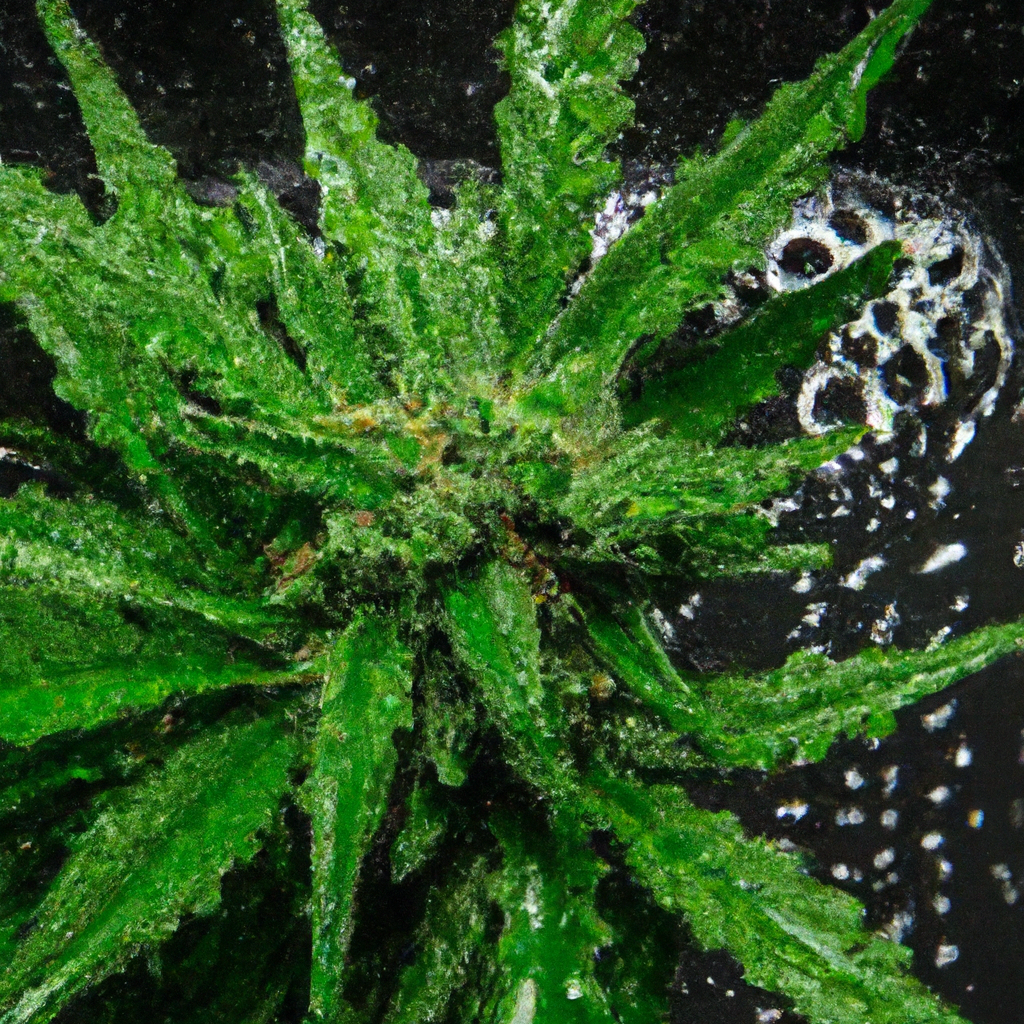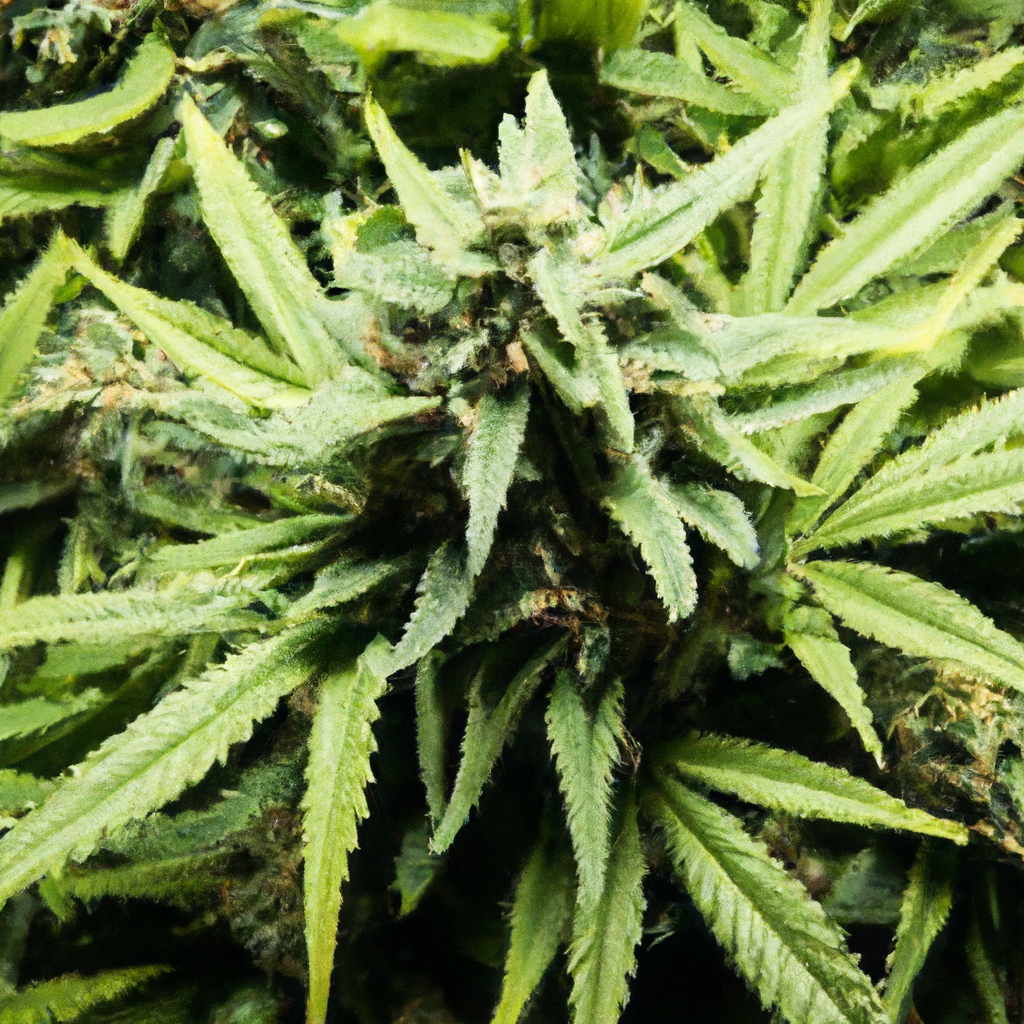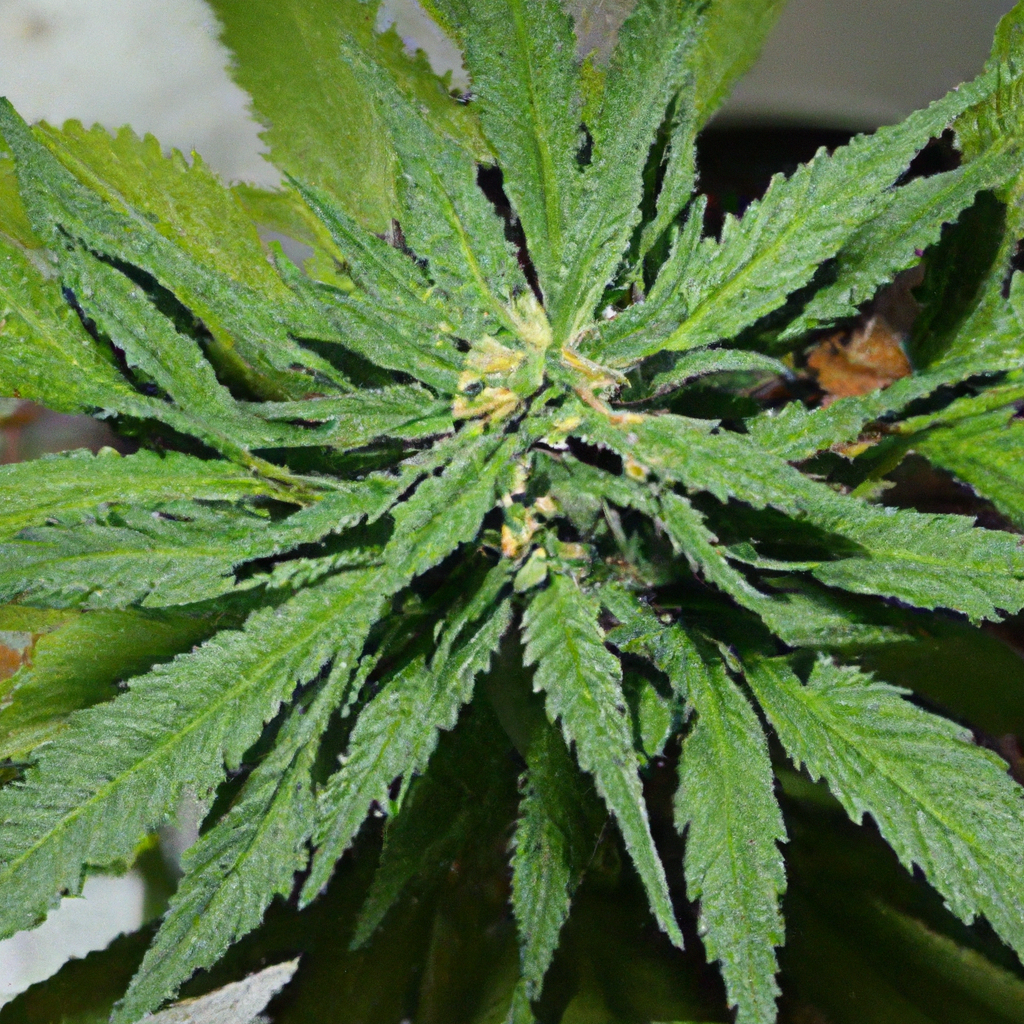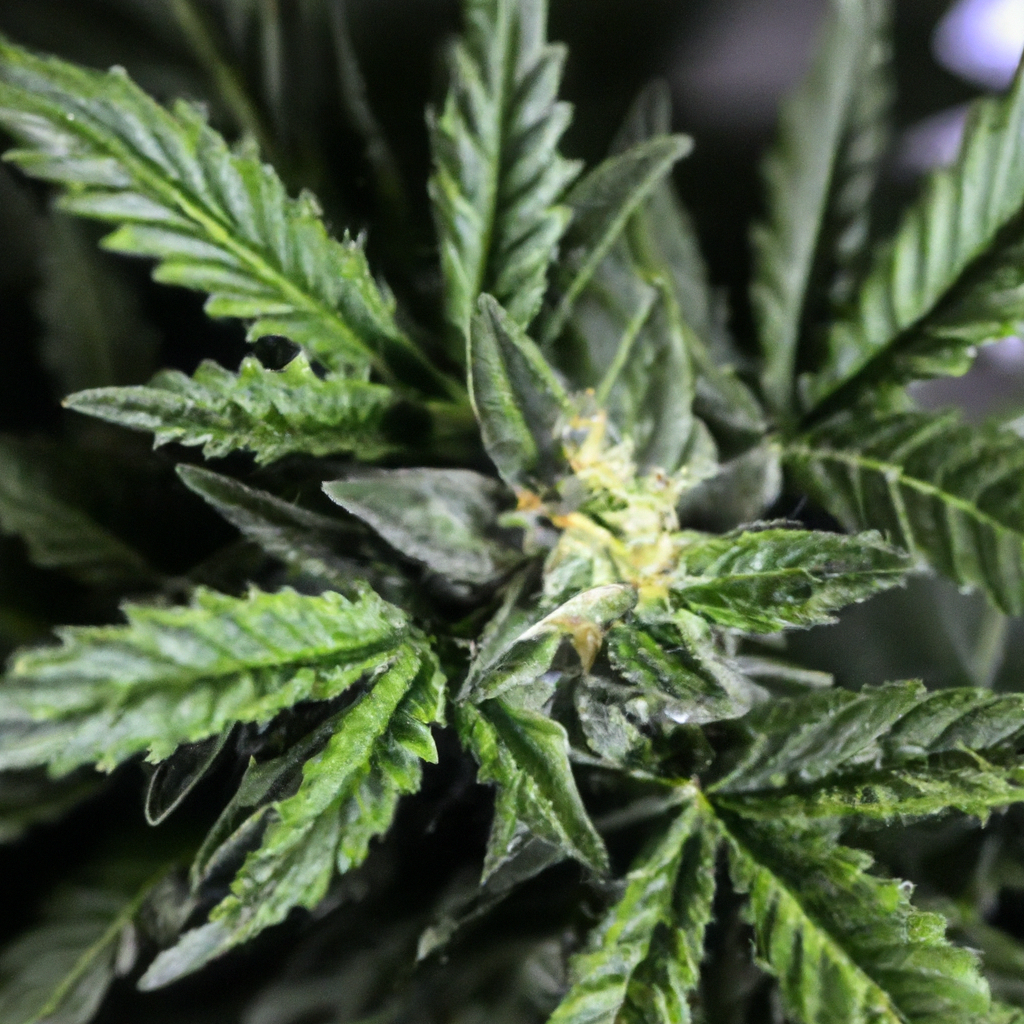Your cart is currently empty!
Tag: Growing Tips

Growing healthy cannabis involves meticulous attention to detail, with water quality being a crucial yet often overlooked factor. This guide highlights water filtration techniques that optimize cannabis growth by providing pure hydration. The importance of water quality is underscored by the need to remove contaminants that hinder plant growth. Key filtration methods include carbon filtration,…

Successfully cultivating cannabis requires understanding environmental factors like temperature, humidity, and airflow. Cannabis plants thrive in specific climate ranges, with day temperatures between 70-85°F and varying humidity needs as they mature. Effective climate management involves tools like heaters, humidifiers, and fans to maintain optimal conditions, while troubleshooting issues such as heat stress and excess humidity…

Discover the captivating essence of Golden Goat, a sativa-dominant hybrid cherished for its uplifting effects and vibrant aroma. Originating from a unique cross between Hawaiian Romulan and Island Sweet Skunk, it presents a striking appearance with crystal-like trichomes and orange pistils. Its citrus and tropical fruit aroma complements its sweet, tangy flavor. Known for providing…

Growing cannabis from cuttings, or cloning, is a reliable method for reproducing favorite strains and ensuring genetic consistency. This technique offers benefits over seed growth, such as assured female plants and faster cultivation. To clone successfully, start by selecting a healthy mother plant, then take and prepare cuttings with care, using rooting hormones and maintaining…

Unlock the secrets of advanced cannabis cultivation by mastering nutrient synergy. This approach involves strategically balancing key nutrients like nitrogen, phosphorus, and potassium, along with vital micronutrients and organic amendments, to enhance plant growth and yield. Key techniques include using foliar sprays, enriching soil with beneficial microbes, and timing nutrient application to plant growth phases.…
Step into the world of Pineapple Trainwreck, a sativa-dominant hybrid blending the energetic boost of Trainwreck with the sweet, tropical flavor of Pineapple Express. Known for its vibrant green buds and unmistakable pineapple aroma, this strain delivers uplifting effects ideal for daytime use, enhancing creativity and focus before easing into relaxation. Perfect for both seasoned…

Plant training is crucial for cannabis growers aiming to maximize yield, control growth, and enhance potency. This guide explores techniques like Low Stress Training (LST) for even light exposure, High Stress Training (HST) for bushier plants, Screen of Green (ScrOG) for optimal light distribution in tight spaces, and Sea of Green (SOG) for quick, abundant…
Low-Stress Training (LST) is a valuable method for cannabis cultivators aiming to enhance plant growth and maximize yields. It involves gently bending and securing plants to optimize light distribution and air circulation, leading to robust buds and healthier plants. This technique improves light penetration, increases yields, enhances air circulation, and is space-efficient, making it perfect…

Temperature control is essential in cannabis cultivation, impacting plant health and productivity. Each growth stage requires specific temperature ranges: seedlings thrive at 20-25°C, vegetative growth occurs best at 22-28°C, and flowers benefit from 18-26°C. Key strategies for managing temperature include using LED grow lights for their low heat output, implementing effective ventilation systems, and utilizing…
Gorilla Glue #4, also known as GG4, is a celebrated hybrid strain in the cannabis community, known for its potent effects and rich aromatics. A cross of Sour Dubb, Chem’s Sister, and Chocolate Diesel, GG4 is visually striking with its dense, sticky, trichome-coated buds. Its aromatic profile boasts earthy, pine notes with chocolate and coffee…
